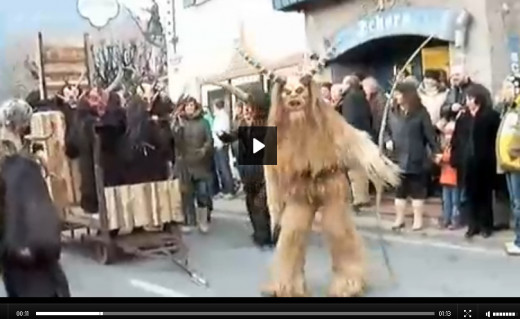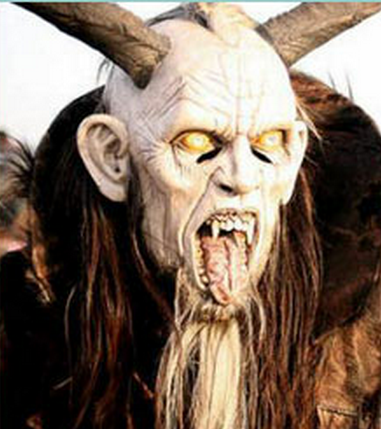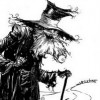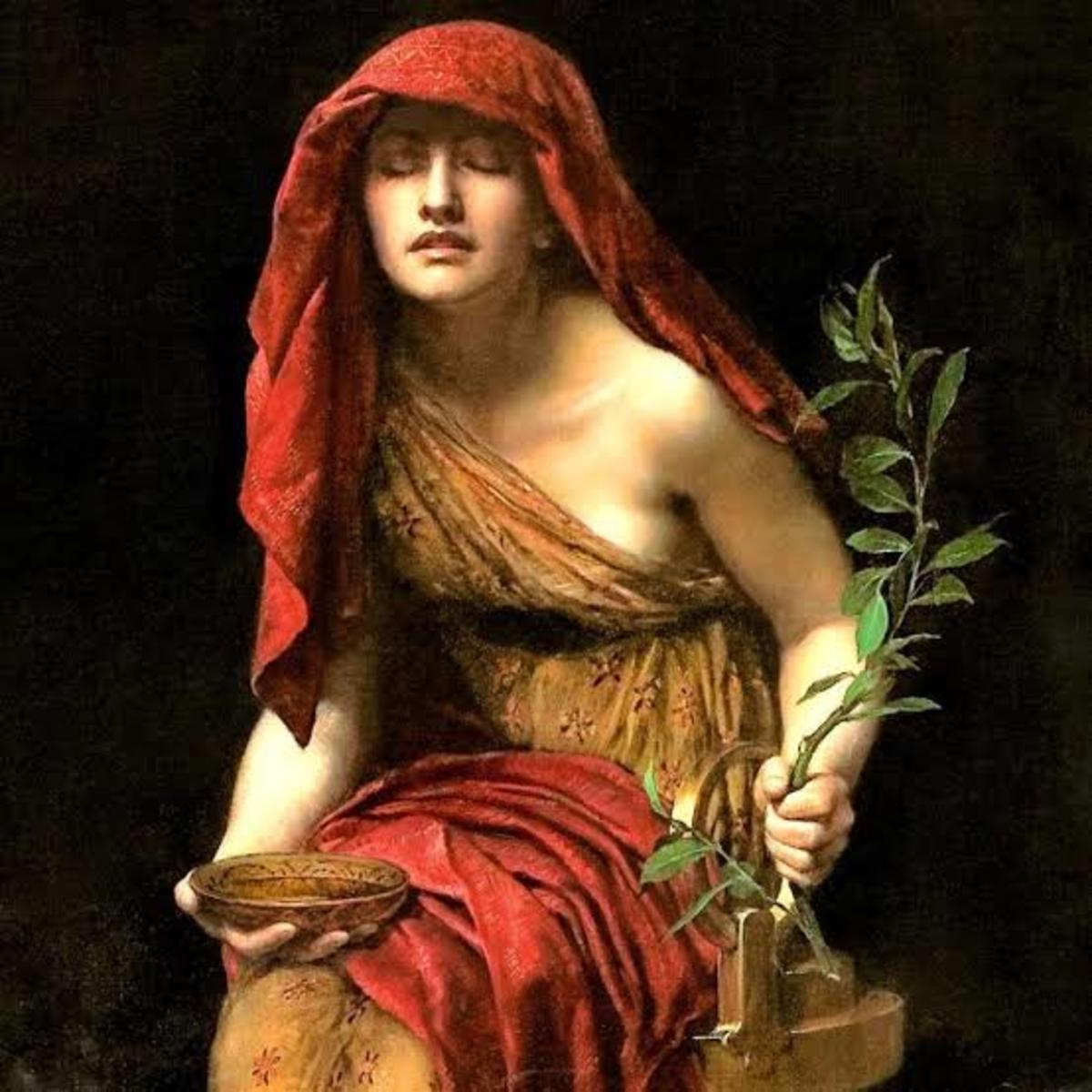Be Good Children or the KRAMPUS May Get You !

Christmas is a Serious Affair for European Children!
The Krampus
Children of central and northern Europe know they better display a good Pavlovian conditioning because if St. Nicholas (Santa Claus or Father Christmas in his Christmas culture) does not give gifts, and instead there is sent a demon that comes with the purpose of taking spoiled children to a fiery underworld. This is the Krampus legend, the punisher of unruly brats with bad behavior just before Christmas.
Demon Christmas
The word Krampus comes from the Old German "Krampen" which means claw. In Europe it is known by many names, such as Knecht Ruprecht, Klaubauf, Pelzebock, and the common Schmutzli Krampus.
.

This demon appears on the afternoon of the fifth or sixth of December, prowling the streets for two weeks by ringing bells and rusty chains (like nails on a blackboard!) that used to scare everyone by his presence. His appearance is represented by an incubus-like creature with an evil face accompanied by a long red tongue, with horns on his forehead and rather sickly looking overall. His body is covered by a dark, dense fur, his paws are similar to those of a faun. In many images he is illustrated with a basket on his back, where he has bad kids then take them to hell.
Strangely enough, in other cultures the Krampus is also represented by an old man with gray hair and beard, his appearance is that of a hermit, his hair disheveled, but more reminiscent of the St. Nicholas he rewards good children.
Pagan origin
The existence of this creature was a common belief in villages in the Alps, especially through the countries of Austria and Hungary. Its antiquity can be traced back ten thousand years ago, long before the birth of Jesus Christ.
The nineteenth century German influence spread the myth of Krampus in Croatia, the Czech Republic, Slovakia and even went to northern Italy. Nordic Roots of Europe fostered the tradition of Krampus.
The Catholic religion condemned and exiled this legend as a demon heathen, but in the late twentieth century costume parties and social events revived the essence of Krampus through shows where people have fun impersonating him and scaring people in fun horseback riding.
- Ram's horns, long red tongue and thick skins are its hallmarks.
- The Krampus being bad kids to hell.
The Two Faces of Christmas
The antithesis is left of St. Nicholas the Krampus, both are present on December 6, St. Nicholas to reward good children with presents and candy and the Krampus punish children St. Nicholas did not visit. This evil character haunts the children until they repent, those who do not are caught and brought in a basket to Hell.
In Austria, during the feast of Saint Nicholas, also known as Krampus night "Krampusnacht" many adults dressed as this creature begin an ancient ritual known to this day as the "Race of Krampus", in which costumed carrying torches and their way through the streets scaring and whipping with twigs adults and children.
This popular European practice usually happens during the winter solstice. Most important are the masks, which add drama to play at being the mythical creature. Artisans and aficionados are drawn up in advance and effort, using wood as the main material polychrome decorated with symbols, wearing sheepskin and horns. Carrying objects such as strings, to fire flares and a basket to make the show more real. It should be noted that this costume weighs about 40 kilos, but the local Krampus do not stop moving and frighten the public. The end of the event is when St. Nicholas comes, when the Krampus cast their masks to the ground symbolizing the triumph of light over darkness.
Croatian folklore in the Krampus is the representation of evil spirits and the champion of darkness. The relationship between St. Nicholas and Krampus is an analogy of the eternal struggle between good and evil.
The modern Krampus
Today Krampus legend has become popular and youth in many parts of Europe, especially Austria and Hungary going into the streets in the garb of the devil, scaring children, girls and adults. In some rural areas there is Krampus coming out with sticks of birch, an instrument with which afflict children, especially adolescent girls. But as in every celebration there altercations with cases of young people dressed as Krampus that after drinking too have caused riots and fights.
The growth of interest in this character is in large part to the popularity of St. Nicholas acquired in the nineteenth century. Thus were created Krampus postcards and pictures of this advertising also began in 1800 and his fame peaked in 1914 at the beginning of the First World War.
Krampus cards represented the mischievous side of the season, with sexual overtones through brazen figures. Certain images were even perverse and had frightening aspects.
The Krampus Race
The following video is a typical example of "Krampus Racing", where young demon disguised Christmasfrighten children and adults through the streets dressed in masks and hides all of which can weigh 40 kilos



